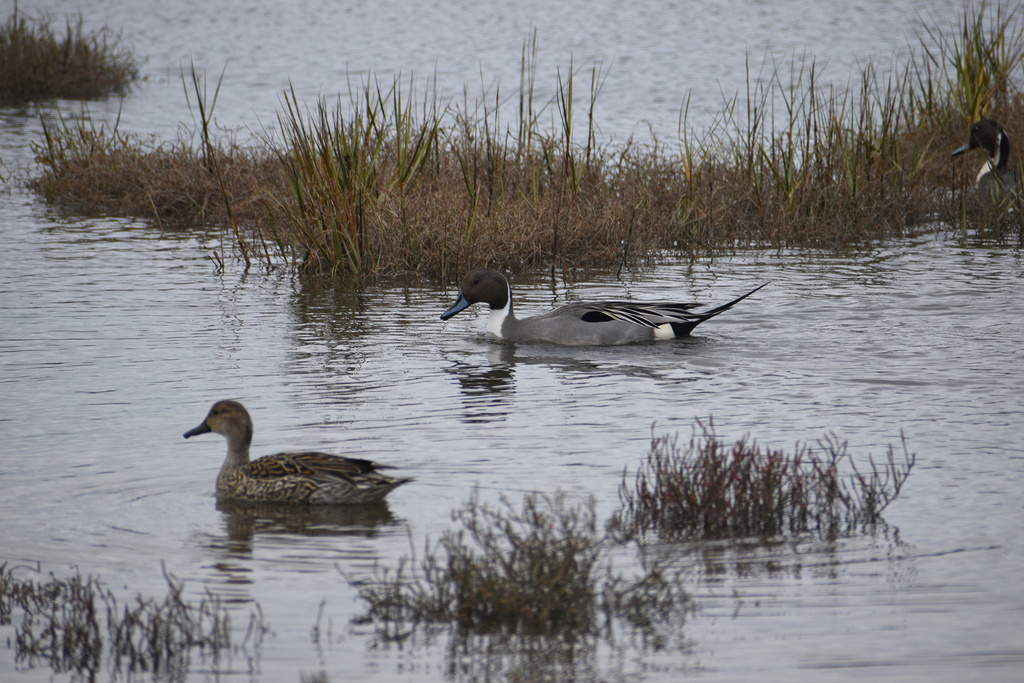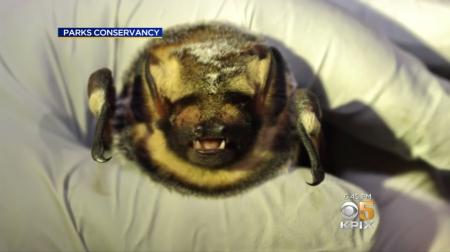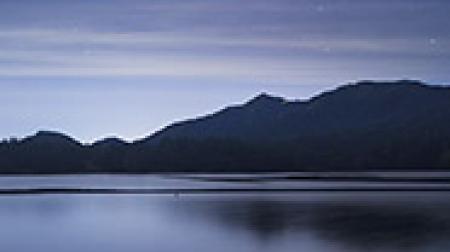Winter's Wonders: Bothin's Birds
You may already know that One Tam is working to protect Bothin Marsh as seas rise through our Evolving Shorelines project. Did you also know that winter is prime time for birdwatching at Bothin Marsh, and that the marsh is an important place for migratory species visiting our region? Over 400 species of migratory birds, traveling south along the Pacific Flyway, will join the numerous year-round resident species throughout the winter.
If you look closely at this incredibly diverse assortment of birds, you’ll start to notice lots of variation in their characteristics and behaviors. Aside from contributing to a stunning scene, this variation allows species to access different foods as they forage without directly competing with each other. Why do shorebirds have different leg and bill lengths, for example? (Hint: so they can forage at different water depths, or access different depths of mud!) Or why do some ducks dive and others dabble? (Hint: because they eat different things – divers catch fish and crustaceans deeper in the water, and dabblers look for vegetation and small invertebrates at or near the surface). What else will you see?
Learn more about Bothin Marsh and plan your visit here. You can also take a peek at online guides to the birds of Bothin Marsh from iNaturalist and eBird to get acquainted with what you may see before you go, and to contribute observations of your own! If you’re further inspired, consider joining a winter community science opportunity to help document birds through the Marin Audubon Society.
As an aside, did you know that sea level rise may affect wildlife on the marsh? The "king tides" are coming up this winter on December 23-24 and January 21-22, and provide a window into what life with more water may look like. The king tides at Bothin Marsh typically inundate the entire marsh causing wildlife such as the Ridgway rails and harvest mice to seek refuge on high ground. High tides are increasingly flooding sections the multiuse pathway, roads, and parts of the surrounding community highlighting the importance of adapting to live with more water. Visit the California King Tides Project to participate in documenting your King Tide observations or attend a King Tide event near you.


